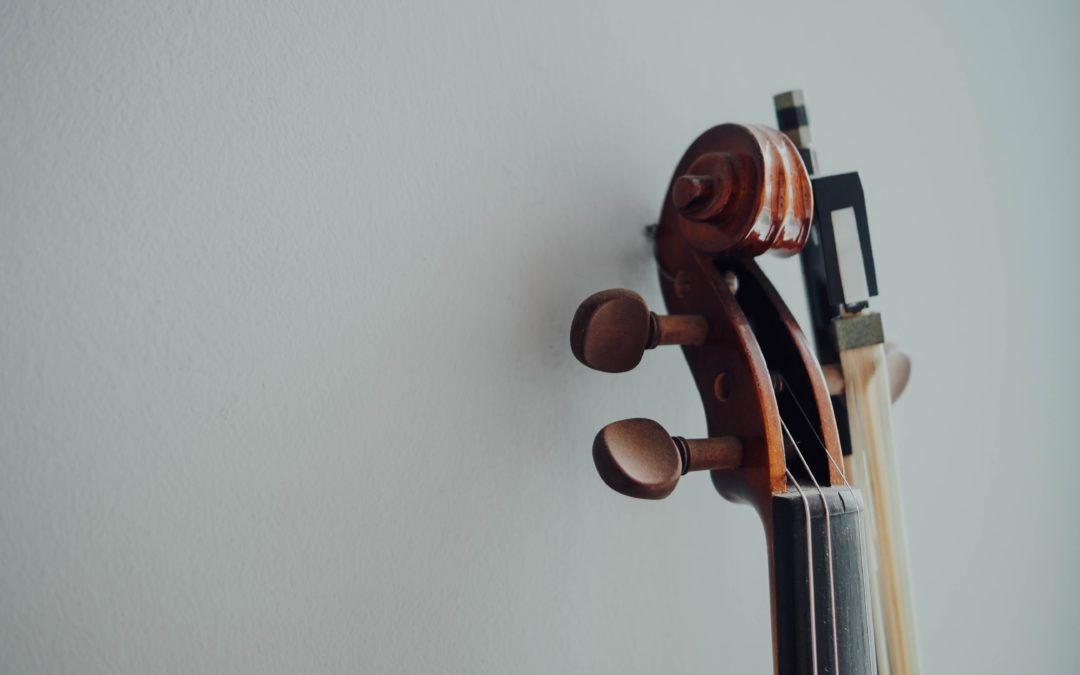Whether a new cellist or a long-time string fan, the cello is a beautiful and storied instrument. For hundreds of years, the warm, rich tones have accompanied a variety of platforms from orchestras to poetry, to psalms and mantras.
In civilizations before AD, string instruments played a massive role in expression. Musicians would use lyres or harps to accompany poetry, soothe troubled minds, or compose melodies. The history of the cello begins with ancient stringed instruments and gradually came to include a bow as part of the ensemble.
The first of the modern string quartet that we are familiar with was the violin. During the first half of the sixteenth century, violin makers began making what we now know as the cello. The first prototype was called the violone, and was the first “bass violin.” It is important to note that the range was much higher than our modern cello, creating lower and deeper sounds was a complicated process.
Moving forward into the eighteenth century, an instrument known as the violoncello, literally “big small violin,” featured the F2, C3, G3, and D4 tunings. It wasn’t until Antonio Stradivari that we begin to see the outline of the cello we are familiar with today. He normalized the presence of a larger string instrument and lowered the range of the beautiful design. The standardization of the size helped draw in musicians like Luigi Boccherini, a pioneer who used the cello to incorporate more advanced melodies and harmonics. The interest in the cello reached its peak during the French Revolution, where the novelty of the deep instrument caused interest to rise.
As the march of history continued and appreciation for the arts swelled, the violin became a staple instrument. It’s rich and deep undertones paired with the contrast it brings to an orchestra, makes the cello a particular crowd favorite.
The history of the cello is as precious as the notes that come from the hallowed body itself.
